Blog Layout
Brickyard Partners • January 2, 2023
Florida Design Recruitment Focus

The following has been prepared to give our current and future design partners a high-level overview of some of the steps we take as an organization to ensure the time they spend interviewing potential candidates is spent effectively to bring in the right members to grow their enterprise.
- Review resumes and cover letters: This step is to assess the candidate's qualifications and experience to ensure they meet the requirement for the job opening, such as experience in architectural or interior design, and knowledge of design software and building codes.
- Verify the candidate's education and professional certifications: This step is to ensure that the candidate has the necessary education and certifications required for the job, such as a degree in architecture or interior design and professional licenses.
- Contact past employers and references: This step is to obtain information about the candidate's work history and performance from past employers and references to get a better understanding of the candidate's qualifications and work ethic in the architecture and design industry.
- Check for any criminal records or relevant legal issues: This step is to ensure that the candidate does not have any criminal records or legal issues that would disqualify them from the job or pose a potential liability to the company or its clients.
- Assess the candidate's design skills and qualifications: This step is to evaluate the candidate's design skills and qualifications through pre-interview assessments or tests, such as design problem-solving exercises, to ensure they have the necessary skills and qualifications for the job.
- Schedule an initial interview: This step is to further evaluate the candidate's qualifications and to get a better sense of their personality and fit for the job through an initial phone or in-person interview, focusing on the candidate's experience, approach and understanding of the architecture and design industry.
- Review any additional materials: This step is to review any additional materials provided by the candidate, such as a portfolio of completed projects or design plans, to get a better understanding of their qualifications and experience in the architecture and design industry.
- Compare the candidate's qualifications and experience against the client's requirements: This step is to ensure that the candidate's qualifications and experience match the client's requirements for the job, such as specific experience in a certain type of architecture or design style.
- Assess the candidate's knowledge of building codes and regulations: This step is to evaluate the candidate's knowledge of building codes and regulations in the area where the project will be located to ensure they are able to comply with the necessary requirements.
- Assess the candidate's proficiency in commonly used design software: This step is to evaluate the candidate's proficiency in commonly used design software such as AutoCAD, Revit, SketchUp, Rhino, and Adobe Creative Suite to ensure they are able to effectively use these tools in the design process.
Brickyard Recruitment
'
BrickyardRecruitment@Gmail.com
(305)978-1664
Miami, FL 33143

